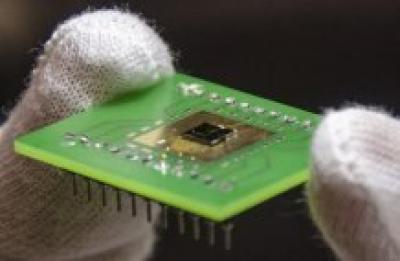Exeter researchers have recently reported a new method to use graphene to produce photodetectors, which they feel could revolutionize the manufacturing of vital safety equipment, such as radiation and smoke detection units.

The Exeter team has created a new type of photodector that is said to be able to sense light around 4500 times better than traditional graphene sensors. This could possibly be implemented to create sensoring and imaging equipment that is more stable in harsh conditions, as well as been smaller and most cost-effective. The team stated that In this work we demonstrate that dressing the structure of graphene with molecules can transform the optical and electrical response of this wonder material and enable unprecedented applications.